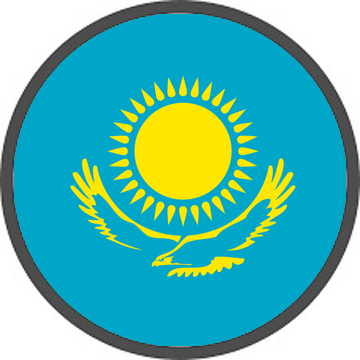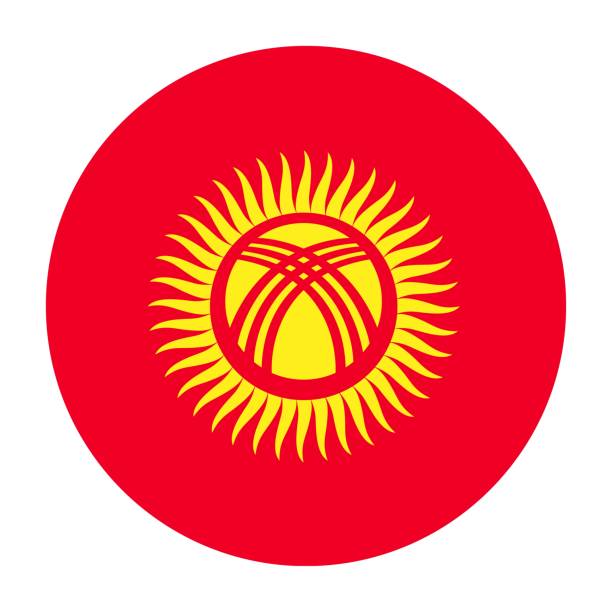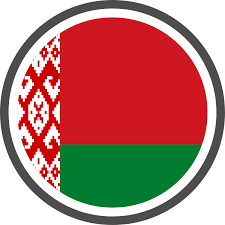
Numerous students have long aspired to enrol in the nation’s premier medical universities because medical education has always been in high demand in India. Recent data, however, have shown an intriguing pattern in the demographics of students admitted to these esteemed universities. This year, just nine states will account for more than 70% of the students enrolling in premier medical institutes’ MBBS programmes. This essay will examine the relevance of this fact and provide information on the states that account for the majority of Indian medical admissions.
The practise of medicine demands a high level of skill, hard effort, and dedication. It is essential to look into the dynamics of admissions at the best medical institutions in India as the number of people seeking a medical education rises. Information about the concentration of students from particular states at these institutions may be seen in the NEET-UG 2023 statistics.
States that Predominate in Medical Admissions
According to the NEET-UG 2023 marks range statistics, eight states—Bihar, Karnataka, Kerala, Maharashtra, Rajasthan, Tamil Nadu, Uttar Pradesh, and West Bengal—account for over 65% of candidates with scores of 400 and higher. In addition, Delhi replaces Bihar among the top eight states in the 620 and above mark range. These states collectively account for more than 70% of applicants accepted to prestigious medical schools.
NEET-UG 2023 Marks Range Effect
With a NEET score of 400 or more, it can be difficult to get accepted into a government medical college, especially for students who fall under the general and OBC categories. Surprisingly, approximately 66% of applicants come from the states with the most population, even in the high score range of 620 and above.
Overcoming Obstacles in the General and OBC Categories
All groups of applicants face stiff competition for spots in medical schools, but the data suggests that applicants from the general and OBC categories face particularly significant barriers. However, there is still a sizable presence of candidates from the dominating states in a number of categories.
Results and Eligibility of NEET-UG 2023
A total of 11.4 lakh people qualified for NEET-UG 2023. Out of these candidates, 2.3 lakh received scores of 400 or higher, while more than 45,000 received scores between 500 and 619. Impressively, 18,757 candidates received a score of 620 or higher out of a possible 720.
The presence of medical seats
There are 1,04,333 MBBS seats available this year, with 54,278 of those at government medical schools and 27,868 for BDS. In addition, there are 603 places for BVSc (Bachelor of Veterinary Science) programmes for animal husbandry, 52,720 seats for Ayush programmes, and admissions for bachelor’s programmes in homoeopathy and unani medicine based on NEET-UG results.
Scores on NEET-UG and Admissions to Other Fields
NEET-UG scores have an effect beyond medical admissions. 64.3% of candidates with scores in this range (400 and above) come from states like Bihar, Karnataka, Kerala, Maharashtra, Tamil Nadu, and West Bengal.
Distribution of High-Scoring Candidates by State
Rajasthan, which accounts for 12.3% of all candidates with scores of 400 or higher, is in first place. Maharashtra (9.9%) and Uttar Pradesh (11.8%) are next in line. Within this range of marks, the supremacy of these states, as well as Bihar, Karnataka, Kerala, Tamil Nadu, and West Bengal, becomes clear.
Seat Distribution in Government Medical Colleges
There are 322 government medical institutions in India, with more than 5,200 places available in Tamil Nadu. With approximately 4,800 and 4,300 seats, respectively, Maharashtra and Uttar Pradesh are closely behind. Gujarat, Karnataka, Rajasthan, and West Bengal are other states with more than 3,000 government college seats.
The State Quota and the All India Quota
A total of 15% of the seats at government medical colleges are filled through the All India Quota (AIQ), which is open to applicants from outside the state, while the remaining seats are filled through the state quota. This distribution makes it possible for students from different states to gain admission to government medical institutes all over India.
Candidates with 550 and Above NEET Scores
According to the data, 64,520 individuals in total received a NEET score of 550 or higher. Delhi, Kerala, Maharashtra, Rajasthan, and Uttar Pradesh are the states with the most candidates. With 16.8% of the market, Rajasthan is in first place, followed by Uttar Pradesh (12.2%) and Maharashtra (8.4%). Notably, Delhi replaces Bihar with 7.2% of all applicants falling into the mark range of 620 and above.
Important problems regarding fair representation and accessibility to high-quality education across the nation are raised by the dominance of some states in medical admissions. It is critical to look for ways to give opportunity to eligible candidates from all states, even while the concentration of pupils from particular regions may reflect the educational infrastructure and coaching facilities available.
























